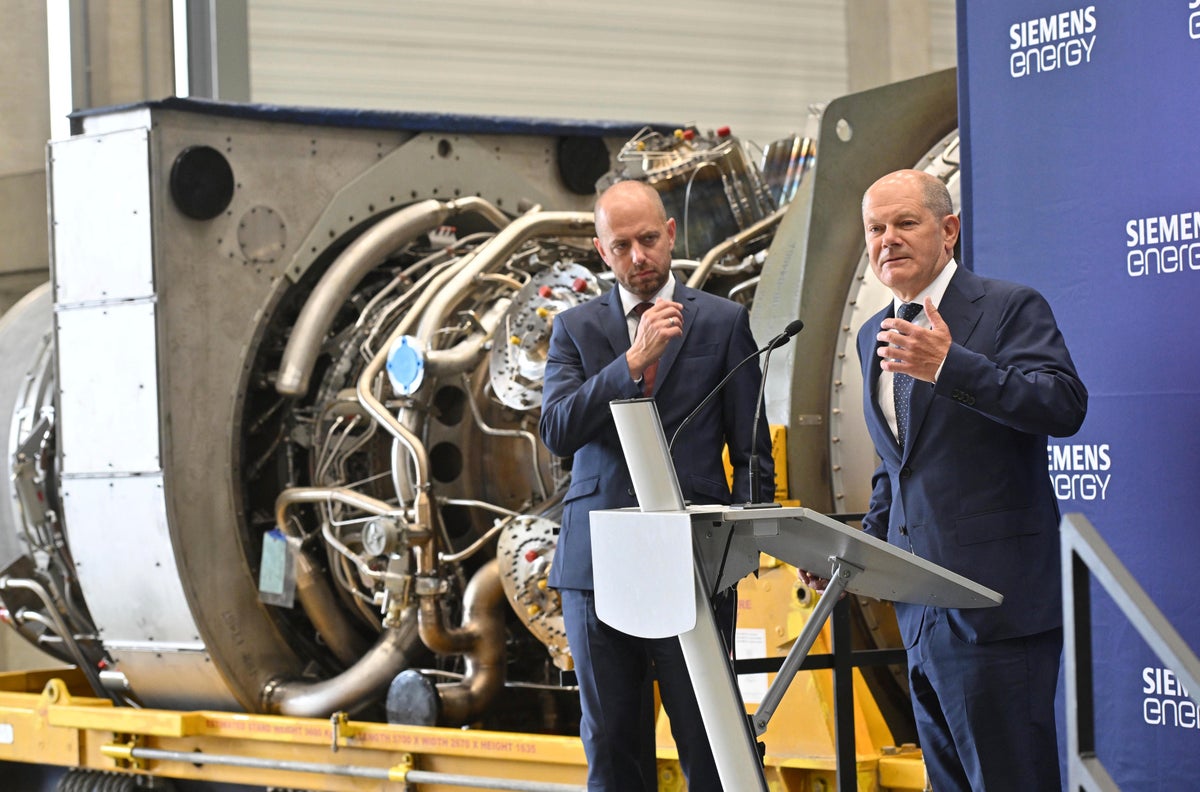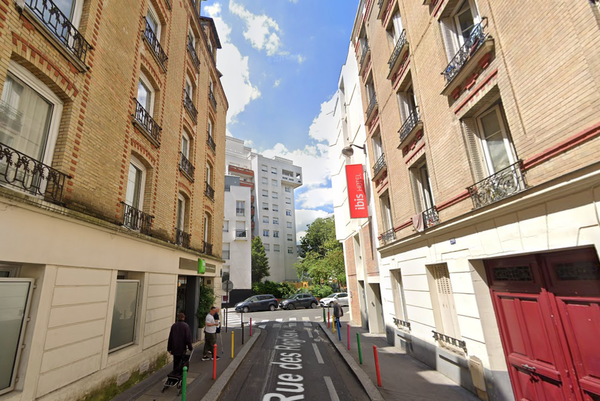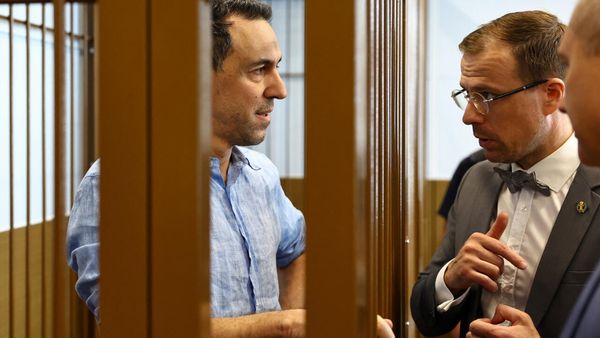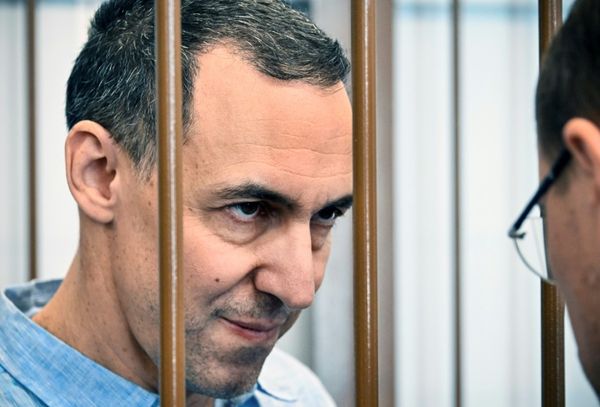
Chancellor Olaf Scholz said Wednesday that extending the life of Germany's three remaining nuclear reactors beyond the end of the year “could make sense,” but he didn't commit to the idea.
Opposition leaders and the pro-business Free Democrats, the smallest party in Scholz's coalition government, have increasingly advocated a rethink of the long-standing decision to switch off Germany's last reactors in December as worries mount about the impact of a much-reduced supply of Russian gas.
The idea of an extension is awkward for Scholz's Social Democrats and, particularly, for the third party in the government, the environmentalist Greens. A Social Democrat-Green government launched the nuclear shutdown two decades ago, and opposition to nuclear power is central to the Greens' identity.
The German government is awaiting the results of a new “stress test” on the security of the country’s electricity supply. The Economy Ministry in mid-July announced a test that would factor in a tougher scenario than a previous test, which found the country's supply assured.
Results are expected in the coming weeks.
Some Greens recently indicated a degree of openness to allowing one or more reactors to keep running for a short period with their existing fuel rods, if the country faces a power supply emergency. Officials from the party have stressed that gas is a factor primarily in powering industry and heating homes, more than generating electricity, and nuclear power wouldn't help with that.
Asked Wednesday about the prospects for potentially keeping the reactors online, Scholz said “the last three nuclear power plants are relevant exclusively for electricity production, and only for a small part of that.”
“But nevertheless, it could make sense,” he added, noting that regions of Germany vary in the degree to which they have developed renewable energy sources. The chancellor cited the ongoing “stress test” and didn't elaborate on what exactly might be acceptable.
In this year’s first quarter, nuclear plants accounted for 6% of Germany’s electricity generation and gas for 13%.







